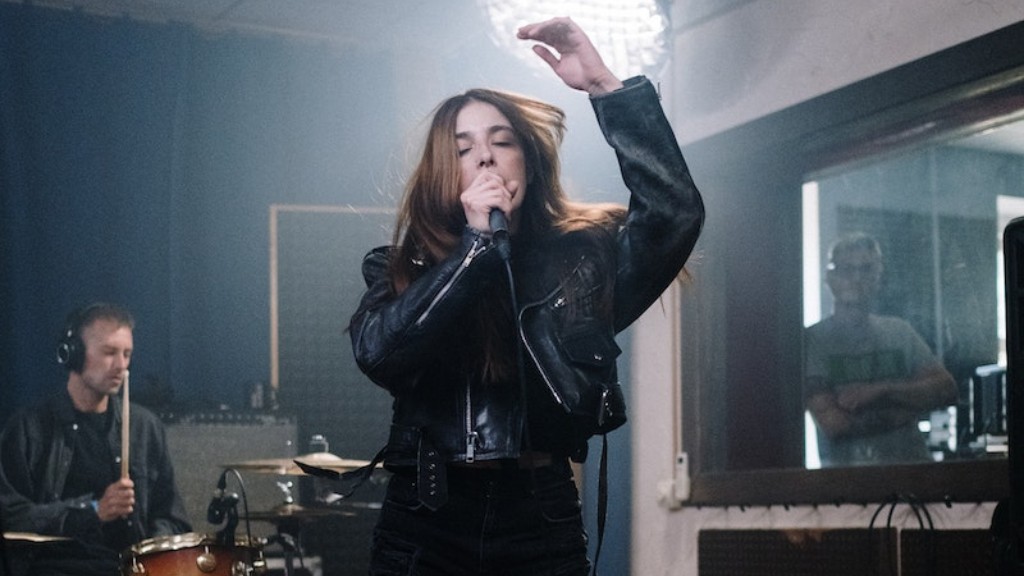Drawing someone sitting can be an incredibly rewarding experience, with the potential for stunning results that can bring your subject’s story to life. Whether you’re a budding artist or an experienced one, these steps provide an easy-to-follow guide – so grab your pen, pencil and paper and let’s dive in!
Section 1: The Shape
When it comes to drawing a figure who is seated, a good starting point is to map out the shape of them. Picture the body as a shape – like a squashed sphere, stretching out to the ends of the limbs. Then, lightly map out the body’s contours, focusing on areas like the shoulders and arms, or the waist and legs. This will serve as the basis for the core structure of the figure.
To capture the raised position of the seated figure, draw a line from the head through to the hip – this forms the ‘back-bone’ of the body, with curves to present the torso and shoulder line, framing the figure and bringing out a sense of movement.
Add directional lines to articulate the form, focusing on curves in the appropriate places such as the stomach and the arms. Don’t forget to indicate the joints of the body too, as this will help to bring the figure to life and give it a sense of realism.
Once you’re happy with the shape of the piece, you can start to add more details and shadows that will give the figure dimension.
Section 2: The Details
The best way to go about adding details is to start from the centre of the body and work your way out, building up the figure bit by bit. First, tackle the head, hair and face of the figure. This can be done with a simple shade or two, to form an eyebrow or shadow a face.
Next, consider the clothing of the figure. How are the folds of their clothing moving around the contours of their body? By applying light shading and textised lines you can create a sense of perspective and a 3D effect, which will bring life to the piece.
Once you’ve completed the middle part of the body, it’s time to focus on the hands and feet of the figure – something that can often be forgotten! Mark out the hands and feet within the same shading context that you’ve established in the earlier stages, adding details such as the creases on the palms.
When detailing the hands and feet, it’s important to define the joints – like the knuckles or the toes. This will help to bring an extra level of depth to the figure and better capture how it’s positioned within the image.
Finally, be sure to add in accessories or props such as hats, books, or glasses as these will help to further emphasise the figure’s personality.
Section 3: The Shading
Once you have the basics of the figure down, it’s time to start adding shading. Consider the direction of the light source and the areas that should be in shadow – such as the back of the figure, where light will not be able to reach. Also, think about how shadows can play around the folds of the material, as well as along the side of the body.
Adding transitions such as light and darkness will also help to give the figure more definition – use a scale of tones, ranging from light to medium to dark shades if necessary. This will help to emphasise the roundedness of the body and frame it in a more realistic manner.
Though it will take some practice to master, by taking the time to practice light and shade, you can create a figure that appears almost alive!
Section 4: The Finishing Touches
The last stage of drawing someone sitting is to make sure that all the details are as accurate and proportionate as possible. Use a ruler or straight-edge to mark out the sides of the figure, ensuring that the area labelled as hands are of the same length as feet, both on the same scale. This is a crucial element to get right as it is the base upon which the figure will be placed.
Now it’s time to step back and assess the overall look of the piece. Have you filled in all the details and added texture to the clothing to give it more definition? Are all the shadows and highlights situating the figure in 3D space? Once all your modifications have been made, you will be able to gaze at a drawing that you created all by yourself – and that is a feeling that can’t be topped!
